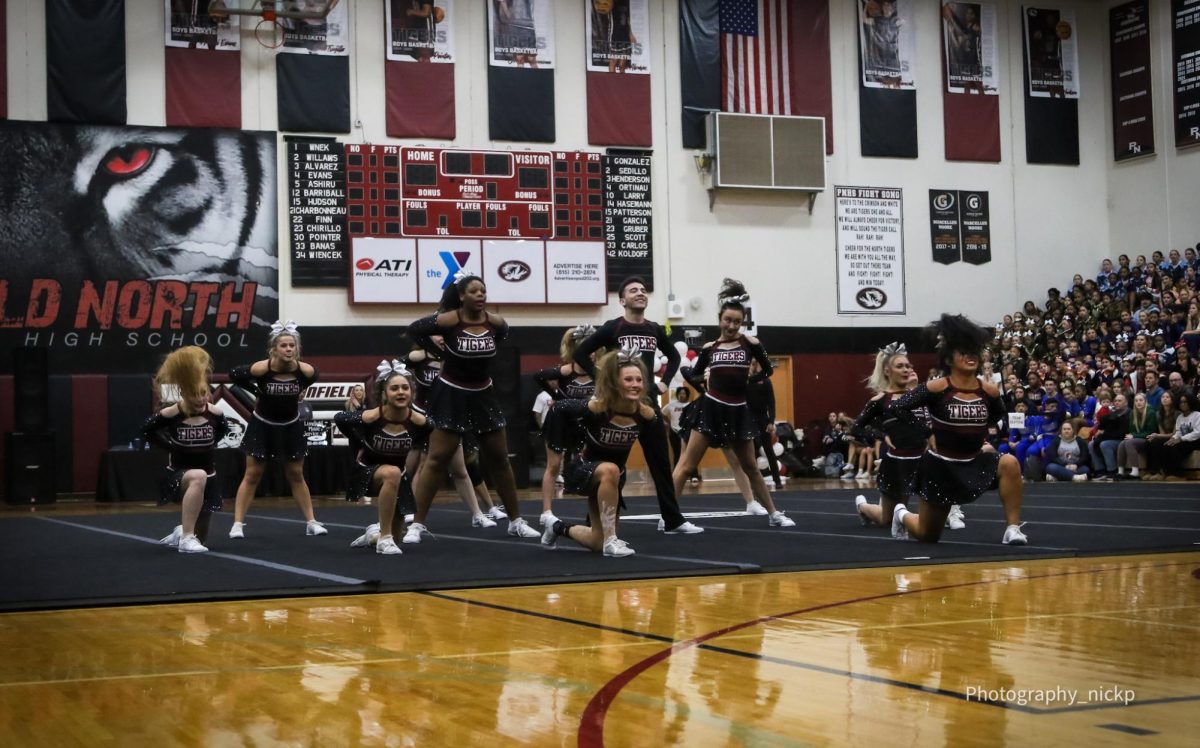High athlete pay makes no cents
March 29, 2023
On Feb. 12, the Kansas City Chiefs bested the Philadelphia Eagles to win their second Super Bowl in four years. Captaining the ship was quarterback Patrick Mahomes, who won his second Super Bowl MVP and is playing under both the longest and highest paying contract in NFL history. But his high deal is another example of a sports team’s financial nightmare; the hefty contract extension.
Before sports dominated entertainment and media, being an athlete wasn’t considered a career, as players used it as simply a side job. According to Kerry J. Byrne, the first instance of a football player getting paid to play was back in 1892, when steel mill worker “Pudge” Heffelfinger netted $500 for a single game. Back then, that was a ton of money, but players as a whole weren’t getting paid as handsomely.
Baseball legend Hank Aaron is a perfect example of an icon with humble beginnings. In one of his six home run derby wins, he was offered more money for each home run he hit. He famously used his winning cash out to buy his dad a grocery store, a lifelong dream he couldn’t otherwise provide for him.
When the NFL and AFL merged in 1966, the average NFL salary was $23.6k a year. Adjusted for inflation, this turns into about $216k. By comparison, the median annual salary for a family in 1966 was $7.4k, or $69.6k today with inflation.
Back in the ‘60s sports leagues weren’t as popular, and lucrative endorsement deals hadn’t surfaced yet. That is, until one man and a pair of pantyhose took the world by storm.
Jets quarterback “Broadway” Joe Namath was ahead of his time in the sports entertainment world. In 1969, he made one of the boldest statements in sports history, guaranteeing and then leading New York to a victory over the heavily-favored Colts. Later in his career, he participated in one of the first major endorsements, iconically sacrificing his legs (and his pride) for Hanes’ pantyhose.
After Namath’s famous TV time, endorsements were thrown left and right, and are at an all-time high today. Anyone watching television is likely to see Shaquille O’Neal for The General, Aaron Rodgers for State Farm and Peyton Manning for Papa John’s. Michael Jordan, for example, made more earnings from all of his endorsements than he did in his NBA career, and still makes about $130 million annually long after his retirement, as reported by Jordan Greer. Add this to the exponential economic growth of sports leagues, and more money now makes more ‘cents’.
That said, there comes a point where the expensive contracts aren’t justified. Mahomes is getting paid $45 million a year which breaks down to $138k daily, something only nine percent of Americans take home in a year; soccer phenom Lionel Messi, the highest paid athlete in sports, makes $120 million yearly or $461k daily, an annual paycheck shared with just 1.8 percent of Americans.
So, how does sports fix the problem? Salary caps are put in place by the NFL, NBA and NHL. Each team has a spending limit on player contracts for increased parity in the league. But spending too much money on one player, especially a quarterback, is signing a death warrant.
Seven of the last nine Super Bowl-winning quarterbacks were on their rookie deal, meaning they didn’t get paid as much and a team could be built around them. Once the QB performs well, especially after winning a ring, sooner or later they’ll get a large extension, inhibiting the team from building around him and worsening their chances of going back to the big game as a whole. Legendary quarterback Tom Brady famously took pay cuts to allow better players to join his teams, and a big reason why he won seven Super Bowls in his career.
There doesn’t seem to be any way to solve the conflict. If a strict salary cap was implemented in all leagues, players would complain about low pay in an ever-changing world. It’s gotten to the point where the absolute minimum salary in the NFL, $750k annually, is considered low pay.
As a passionate sports fan, it’s disappointing to see the ludicrous salaries of athletes in comparison to jobs like teaching or trades, and prices are only getting higher with no sign of stopping.







